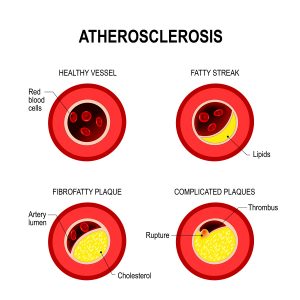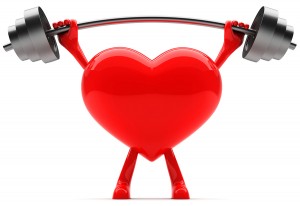Unhealthy lifestyles have staying power, so what can we do be healthier after age 60? A recent CNN article describes 10 ways how to adopt a healthier lifestyle when you get close to retirement.
The thinking is that 5 years before your retirement at 65 you should perhaps adopt a healthier lifestyle.
2017 study by Dr. King regarding lifestyles before and after retirement
Dr. Dana King was the author of a 2017 study where lifestyles before and after retirement were compared.
Seven factors were examined, namely cardiovascular factors including physical activity, healthy diet, healthy weight, smoking status, total cholesterol, glucose, and blood pressure. Retirees were more likely to have poorly controlled blood pressures compared to non-retirees. 23.9% of retirees had uncontrolled blood pressure versus 15.1% of non-retirees. This difference was statistically significant. There was another significant difference with regard to physical activity. Retirees were 1.85-fold more active than non-retirees. But sadly, the other 5 of the 7 points did not significantly improve. There were no differences in healthy weight, smoking rates, healthy diet, glucose levels or cholesterol control.
Healthier after age 60: how to change your diet
Adopt a Mediterranean diet. This is an anti-inflammatory diet that prevents hardening of the arteries. It lowers the bad LDL cholesterol and also triglycerides. It is also recommended to consume at least 2 tablespoons of olive oil per day. When you cook only with olive oil and use only olive oil and Balsamic vinegar for salads, it is relatively easy to reach or surpass the recommended 2 daily tablespoons of olive oil.
Healthier after age 60: how to change your exercise status
You have more time when you retire. The easiest to get into a routine regarding regular exercise is to get a membership in a gym. In the beginning you may want to see a trainer to show you some routine exercises on weight machines. You start the program off with 30 minutes on the treadmill. Before long you get used to the exercise routine and you feel stronger. But your system also produces much more of the protective HDL cholesterol, which is sensitive to regular exercise. If you have been physically inactive, get some input from your health care provider.
Healthier after age 60: how to change your weight
It is not exercise, but a healthy diet, which controls your weight. Having adopted a Mediterranean diet is a big first step in that direction. But it is also important to cut out sugar and starchy foods (potatoes, rice, bread, muffins, pasta etc.). This will reduce your LDL cholesterol and triglycerides. On the long term you prevent heart attacks and strokes.
Healthier after age 60: how to change your smoking status
It is old knowledge that smoking cuts down on life expectancy. Better quit smoking now than later. It prevents heart attacks, strokes, lung cancer and many other cancers.
Healthier after age 60: how to lower your blood pressure
Regular exercise, weight loss and quitting to smoke will all lower your blood pressure. Some people though continue to have high blood pressure. It is important to seek medical advice regarding this. People with persistent elevated blood pressure need medication to have this controlled in order to avoid getting a hemorrhagic stroke.
Healthier after age 60: how to lower your glucose levels
The diet I described will help you to control your blood sugars. Your doctor can order a hemoglobin A1C, which summarizes your average blood sugars over the past 3 months. Controlling your blood sugar is important to prevent type 2 diabetes. Diabetes reduces your life expectancy significantly. The risks are heart attacks, strokes, blindness, leg amputations, kidney damage and cancers.
Healthier after age 60: how to lower your cholesterol
When I discussed a healthy diet, I indicted that it lowers the LDL cholesterol and triglycerides. This reduces the risk of hardening of the arteries. A regular exercise program increases the protective HDL cholesterol, which reinforces the protection from heart attacks and strokes.
Conclusion
Whether we retire or not, we should all strife to achieve these 7 changes of lifestyle that Dr. Dana King has discussed. They were cardiovascular factors including physical activity, healthy diet, healthy weight, smoking status, total cholesterol, glucose, and blood pressure. Each of these factors is important on its own. But when you tackle all of them simultaneously, there is a potentiation of these factors that allows you to get super-healthy. That’s what you want for your life after age 60. It is not too late to start! You want to be healthier after age 60!








